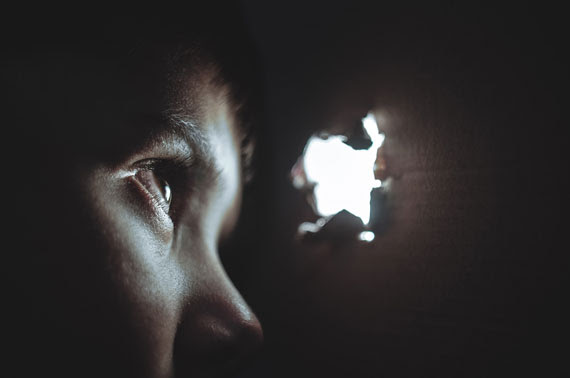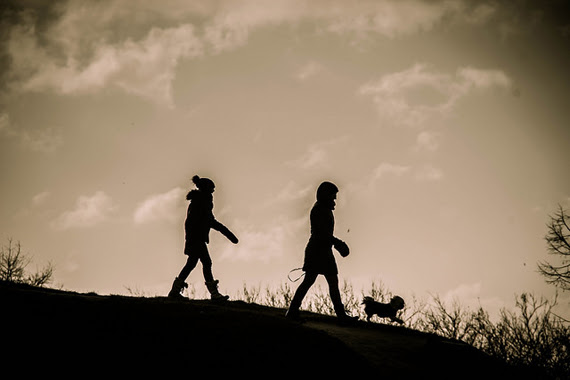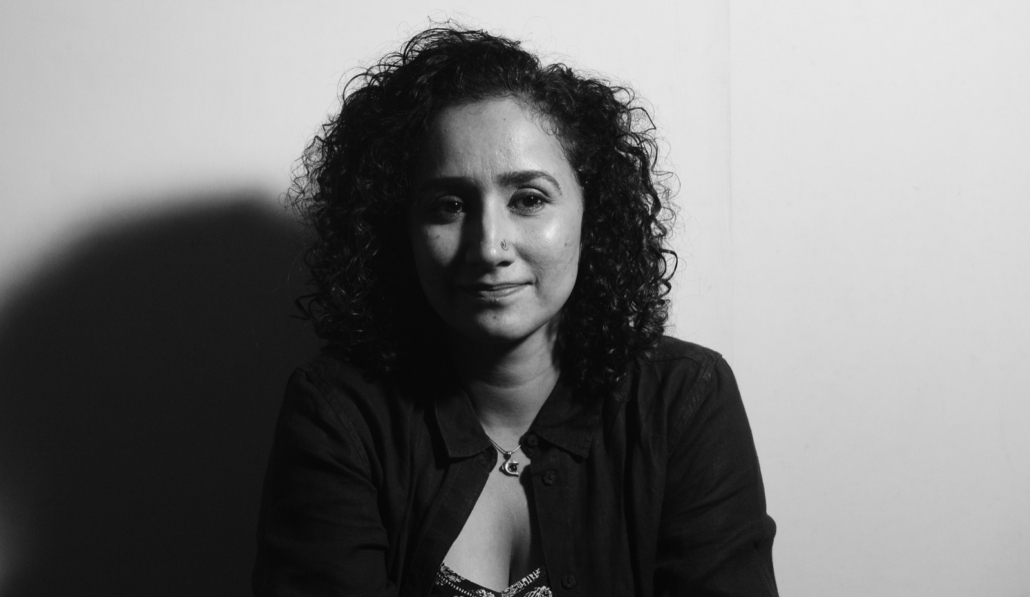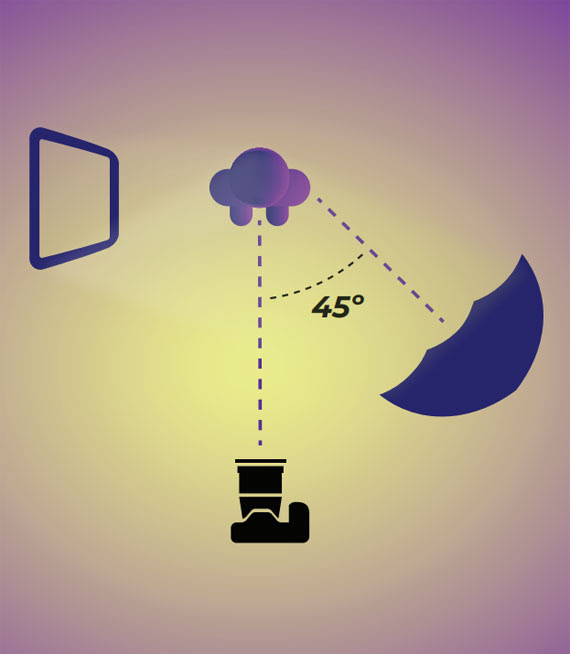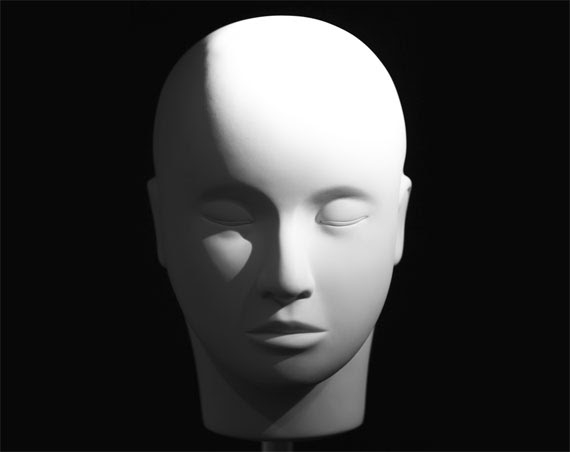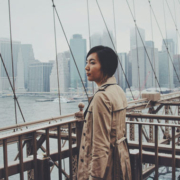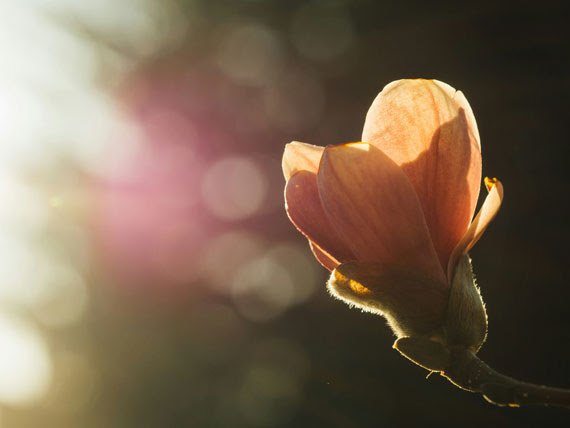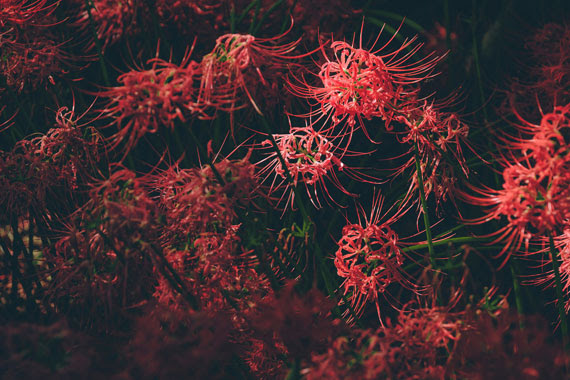Harnessing Soft Light: Where & When to Find Diffused Lighting
As a photographer, understanding light is as fundamental as understanding your camera. One of the most flattering and universally appealing types of lighting is diffused light. This kind of light is soft, gentle, and does not cast harsh shadows, making it ideal for a variety of photography genres. But where and when can you find the best diffused lighting? Let’s dive into some key tips to help you harness the power of diffused light for your photography.

1. Golden Hour – Dawn and Dusk
Golden hour is that magical time just after sunrise or just before sunset. The sun is low in the sky, and its light is filtered through a greater amount of the Earth’s atmosphere, which scatters the direct sunlight and reduces its intensity. This natural diffusion creates a warm, soft light that is not only less intense but also casts long, gentle shadows. It’s perfect for portrait photography, landscape shots, and even urban scenes where the golden tones can bring a new dimension to your compositions.
2. Overcast Days – Natural Soft Boxes
Cloudy days might seem dull to the untrained eye, but they are actually perfect for diffused lighting. The clouds act like a giant softbox in the sky, scattering and softening the sunlight. This eliminates harsh shadows and provides a clean, even light that is excellent for shooting portraits, macro photography, or any scene where you want subtle details and colors to emerge without the interference of strong shadows.
3. Shaded Areas – Soft Shadows
When the sun is too intense, look for shaded areas under trees, buildings, or other large objects. These spots can provide a sanctuary of diffused light. The key here is to find areas where the sunlight is not directly hitting the subject but is instead filtered through or bounced off other surfaces. This setup is particularly useful for achieving beautifully lit portraits without squinting subjects or harsh facial shadows.
4. Using Windows – Indoor Diffusion
Indoors, windows can serve as excellent sources of diffused light, especially when covered with sheer curtains. The fabric acts to scatter the light, mimicking the effect of a softbox used in studio photography. This method is ideal for product photography, food photography, and portraits. The directional light from a window can also create a dynamic range of light and shadow, adding depth to your indoor shots.
5. The Blue Hour – Twilight Ambience
Following the golden hour, the blue hour provides a brief period where the sky takes on a predominantly blue tone with a cool, soft light. This light is diffused through the absence of the direct sun and offers a unique quality that is excellent for cityscapes, landscapes, and even nighttime portraiture. The softness helps to smooth out imperfections and brings a tranquil and ethereal mood to photographs.
6. Tools to Enhance Diffusion
While natural light provides many opportunities for diffused lighting, sometimes manipulation is necessary to achieve the perfect shot. Tools like diffusers, reflectors, and softboxes can help recreate or enhance the qualities of diffused light. These are particularly useful in harsh lighting conditions or when shooting in direct sunlight.
Summary:
Finding the perfect light can sometimes be a challenge, but with an understanding of where and when to find diffused light, you can significantly improve the quality and aesthetic of your photographs. Whether utilizing the golden tones of the early morning, the soft evenness of an overcast day, or the subtle hues of twilight, mastering diffused lighting can transform your photography. Always be prepared to observe and adapt to your environment to make the most of the light available to you, and don’t hesitate to use tools to create or enhance light diffusion where necessary.



